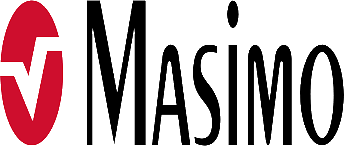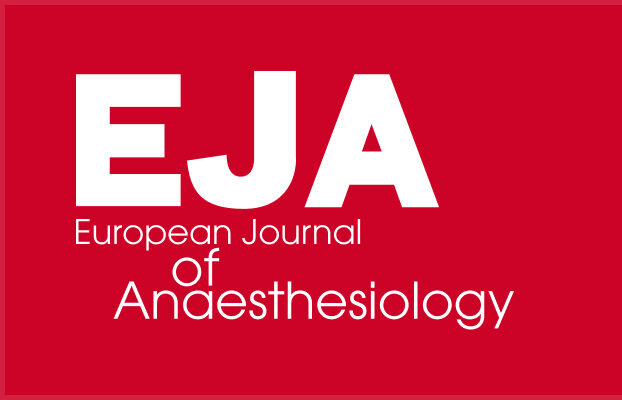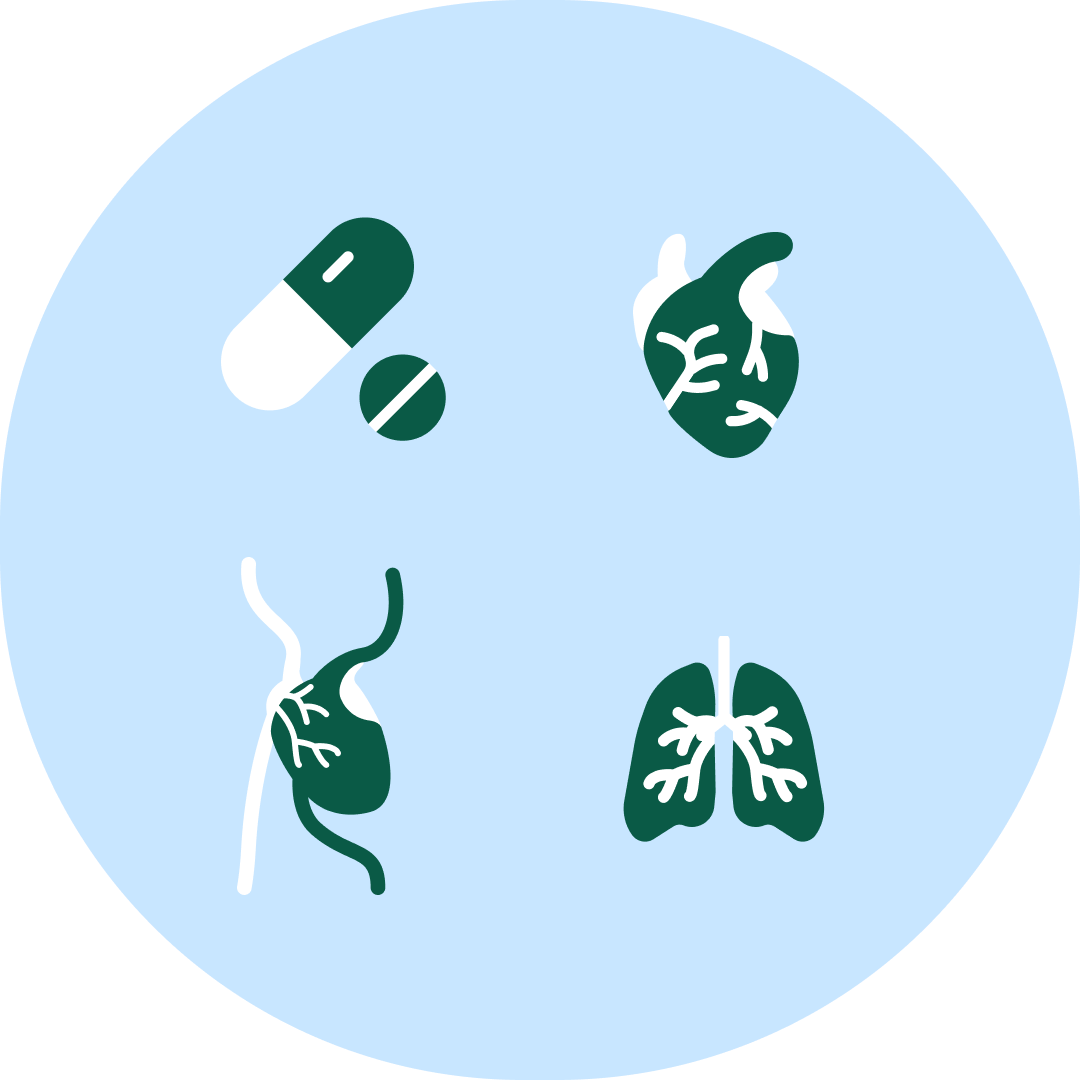Congress Newsletter 2024
The ESAIC Safer Care to Save Lives Ambassador’s Programme
This year at Euronaesthesia 2024 in Munich, the ESAIC is hosting a National Village to represent National Societies that are part of the National Anaesthesiologists Societies Committee (NASC). The theme for this year is Patient Safety. The ESAIC announced yesterday the launch of its latest initiative: The ESAIC Safer Care to Save Lives (SCSL) Patient Safety Ambassador’s programme.
Patient Safety is not a new field. Healthcare first acknowledged the need for safer care back in in 1991 with the Harvard paper “Incidence of adverse events and negligence in hospitalized patients” and this was further solidified by a landmark report issued in November 1999 by the U.S. Institute of Medicine: ”To Err Is Human: Building a Safer Health System”.
Safety in healthcare remains to this day a largely undervalued topic, with a majority of healthcare professionals unaware of the scale of the problem. In 2016 John Hopkins published an analysis in the BMJ stating that preventable harm was the third leading cause of death in the US. At over 250,000 deaths per year and many more patients harmed, this is a significant enough number to warrant a massive shift in medical practice and culture. For those that carry the torch to shed light on this topic, it requires enormous determination and patience to push for change. Safer care for patients should be the heart of all professional anaesthesia practice.
The ESAIC has a core vision for its contribution towards Patient Safety: Healthcare that is free from preventable patient harm. The work of the ESAIC Patient Safety and Quality Committee (PSQC) is to strive to accomplish this vision as a dynamic international leader in Patient Safety and Quality for anaesthesia, perioperative medicine, intensive care medicine, critical emergency medicine and pain medicine.
14 years ago, at the Euroanaesthesia congress in Helsinki, the EBA and ESAIC co-signed The Helsinki Declaration on Patient Safety in Anaesthesiology. This was significant step towards describing and highlighting a shared European opinion of what currently is both worth doing and practical to improve patient safety in anaesthesiology and perioperative care. The Helsinki Declaration recommends steps that all anaesthesiologists should include in their own practice. It is a significant step to indicating a role in safety for European anaesthesiologists.
In 2018, this declaration was followed by the Helsinki Declaration Follow-Up Project (HD FU), investigating the scale of its implementation across Europe. In 2022, the Peer Review in Patient Safety for Anaesthesiology and Intensive Care (PRiPSAIC) project was born. This implementation project originally formed a popular part of the HD FU project. It is designed to create networks of anaesthesiologists and critical care physicians and give them the tools and support they need to examine their own practice and those of their peers and provide intelligence to design solutions for the future.
The ESAIC PSQC has a long-term strategy. It has developed an extensive education programme, Safer Care to Save Lives to offer training and build awareness for all levels of experience. Now it takes this a step further: to create Patient Safety Ambassadors who can champion the role of safety implementation in their own hospitals and institutions, at the same time targeting healthcare leaders to initiate change. This top-down/bottom-up approach is the most effective strategy for creating long-lasting safety reform.
The ESAIC Safer Care to Save Lives (SCSL) Patient Safety Ambassador’s programme contains elements to achieve these goals through education, peer to peer networking, inter-hospital PS reviews and the promotion of the Helsinki Declaration in Anaesthesiology, a recognised leadership statement on what is practical to improve patient safety in perioperative anaesthesiology and intensive care.
The elements of this programme include:
- The Essential Patient Safety Course a series of eLearning modules covering essential knowledge for those starting their journey into Patient Safety
- The Advanced Patient Safety Course, a certification course containing tools for daily practice
- Patient Safety and Quality Masterclass, a deeper dive into mastering aspects of perioperative safety
Healthcare professionals who complete all the elements of the Safer Care to Save Lives (SCSL) Patient Safety Ambassador’s programme, will be recognised officially as ESAIC Patient Safety Ambassadors in a dedicated celebration during a ceremony at Euronaesthesia 2025 in Lisbon.
This is not just another certificate, certified Ambassadors will be given a checklist of achievements from which they can select projects to implement in their own departments, hospitals or institutions. They can reach out and engage other specialities to recruit them into these projects, building connections and their own daily work.
One of these implementation projects will be PRiPSAIC, the Peer Review in Patient Safety for Anaesthesiology and Intensive Care, to run peer-to-peer reviews between hospitals or institutions.
Patient Safety Ambassadors will receive unique recognition of their role and the achievements they reach. They will become the voice of ESAIC Patient Safety through social media and communications. They will have a unique and valuable place amongst our members.
The ESAIC Safer Care to Save Lives Patient Safety Ambassador’s programme is currently supported through funding from our Patient Safety Partners:
Medtronic and Masimo


Author
- Alex Rawlings, ESAIC Patient Safety and Simulation Project Manager










